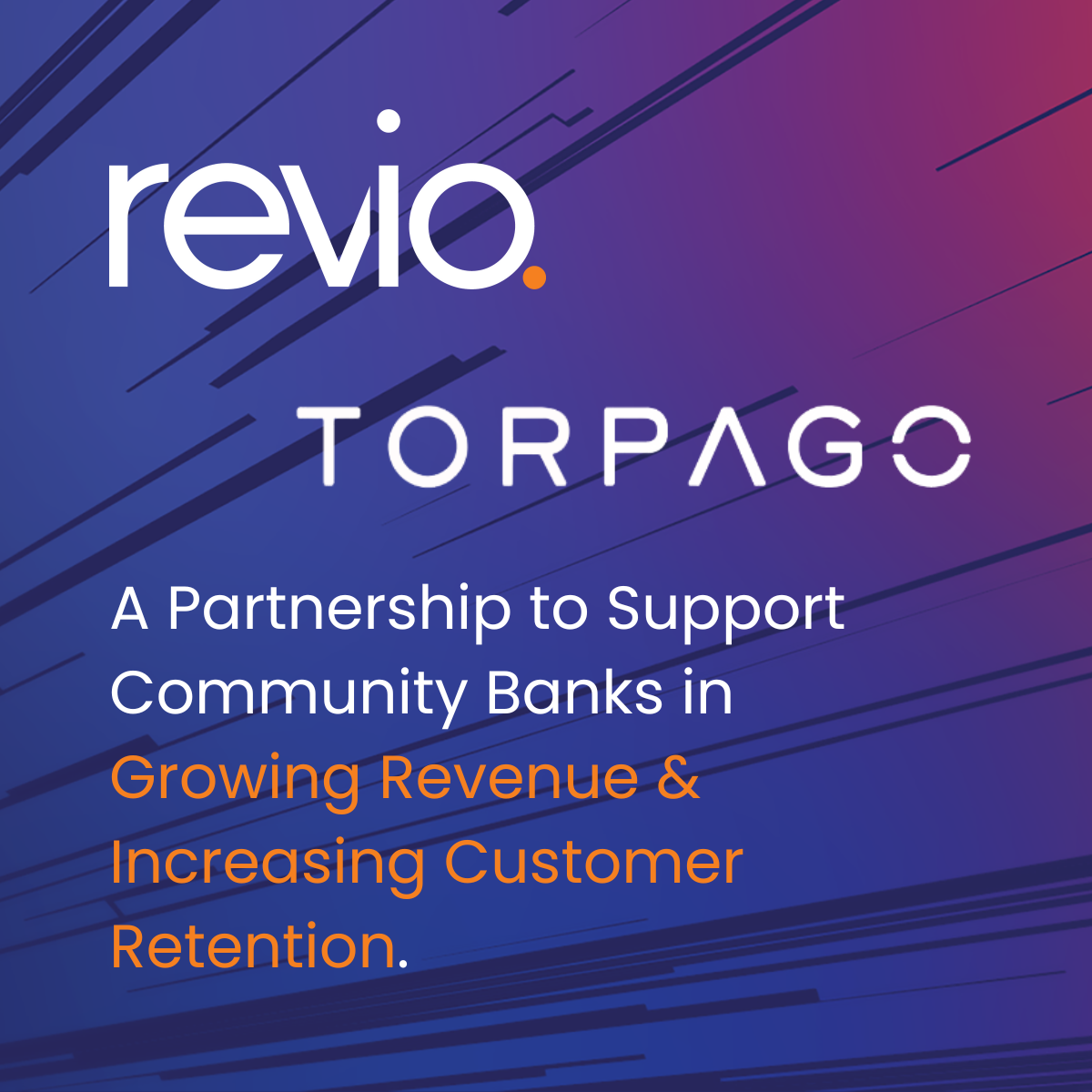If you’re in the banking world, you’re no stranger to the term ‘wallet share’. As a common key objective, it’s a metric that represents the proportion of a customer’s financial products and services with your bank. But what’s behind this emphasis on wallet share?
Simply put, wallet share acts as a proxy for customer lifetime value (LTV). More wallet share equates to more valuable customers over time, underpinning your bank’s growth. But how does it all come together?
The correlation between wallet share and LTV lies in two dynamics:
- More wallet share means additional annual revenue per customer – they’re using more of your products more frequently, boosting short-term revenue.
- More wallet share makes customers more ‘sticky’, increasing the likelihood of a longer, active customer relationship, which ensures more sustainable revenue.
We can distill this into an equation:
Customer LTV = Average Annual Revenue * Years of Customer Relationship
And for long-term revenue growth:
Long-Term Revenue = Customer LTV * Number of Customers
Improving either factor in that equation — Customer LTV or the Number of Customers — will promote long-term growth. If we manage to increase both, the results will be stellar. However, the chase for new customers must never come at the expense of LTV. Otherwise, we’d be attempting to keep a leaky boat afloat by bailing water with buckets.
By elevating wallet share across your customer base, you increase both Customer LTV and the Number of Customers, making it a worthy area of focus and investment.
As your strategy enhances wallet share, and subsequently average customer LTV, there are both short and long-term revenue benefits:
- In the short term, revenue from your existing customer base increases.
- In the long term, revenue from your existing customer base remains consistently high.
Additionally, the sales and marketing programs focused on enhancing wallet share can positively impact your future customers. Each new customer acquired against the backdrop of a higher average customer LTV is worth more, driving more substantial long-term revenue.
By increasing your average customer LTV, you can, in turn, intelligently increase your target customer acquisition cost (CAC), thereby amplifying the impact of your marketing campaigns.
The virtues of boosting wallet share and customer LTV are instrumental in shaping your bank’s revenue growth this year, and beyond. It’s a straightforward principle, but easy to forget: growth is not just about acquiring more customers but enhancing revenue. Growing revenue necessitates a focus on LTV first, and once that is managed through sustained sales and marketing programs, every new customer adds fuel to an already blazing fire. And higher LTV justifies a higher average CAC, which allows you to acquire new customers faster.
If your bank is forward-thinking, eager for growth, and on a continuous quest to enhance wallet share — what’s a strategy or tactic you’ve found effective that could help other community and regional banks?






